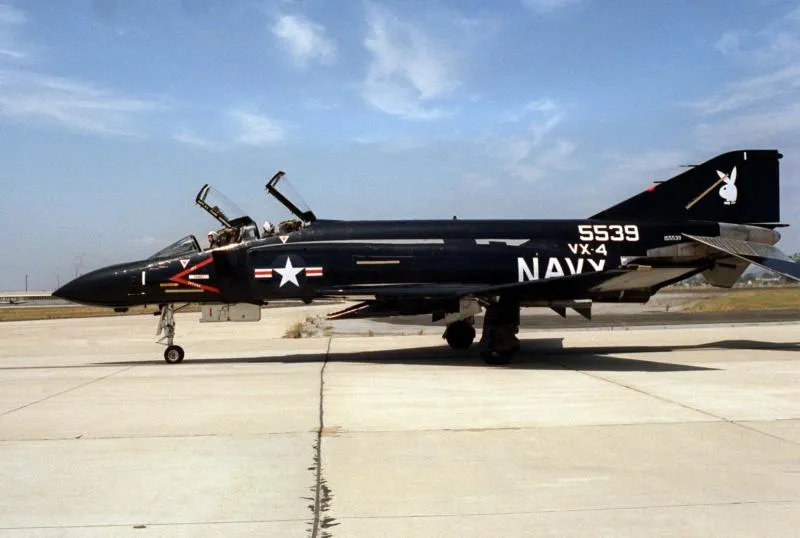Diecast F-4: Top 7 Incredible Facts
The F-4 Phantom II, a legendary fighter jet, has captured the imaginations of aviation enthusiasts and collectors for decades. Its sleek design, powerful engines, and storied history make it a highly sought-after subject for diecast model replicas. Whether you’re a seasoned collector or just starting, the world of diecast F-4 models is filled with fascinating details and incredible facts. This article unveils seven of the most compelling aspects of these miniature marvels, offering insights into their history, design, and the passion they ignite. From the precision of their detailing to the stories they tell, prepare to be amazed by the world of diecast F-4 Phantom IIs.
The History of the F-4 Phantom II
The McDonnell Douglas F-4 Phantom II first took to the skies in the late 1950s, quickly becoming a mainstay of the U.S. military and numerous allied air forces. Initially designed as a naval fighter, its versatility and performance saw it adapted for a wide range of roles, including air-to-air combat, ground attack, and reconnaissance. The Phantom II served with distinction during the Vietnam War, accumulating an impressive combat record. Its adoption by various nations worldwide further cemented its place in aviation history. Diecast models capture this rich history, allowing collectors to own a piece of aviation heritage. These models are more than just toys; they are miniature representations of a pivotal era in military aviation, each one a tribute to the aircraft’s enduring legacy and the brave individuals who flew it. This rich history makes them highly valuable to collectors.
Development and Combat Use
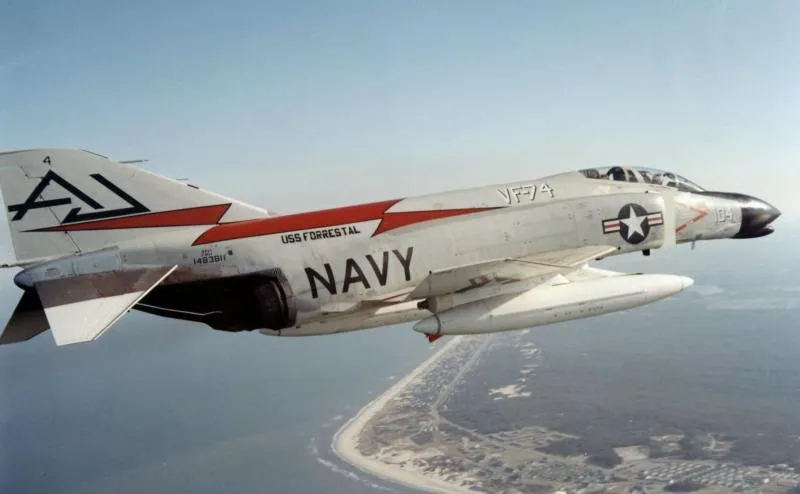
The development of the F-4 Phantom II was driven by the need for a multi-role fighter capable of meeting diverse operational requirements. Initially designed for the U.S. Navy, the Phantom quickly proved its potential, leading to its adoption by the U.S. Air Force and Marine Corps. The aircraft’s design incorporated innovative features like powerful engines, advanced radar systems, and a robust airframe. During the Vietnam War, the F-4 played a critical role, engaging in air-to-air combat, providing ground support, and conducting reconnaissance missions. Despite its initially problematic air-to-air missile performance, improvements and the skills of its pilots led to numerous victories. The F-4’s adaptability and resilience made it a formidable presence in the skies, establishing its reputation as one of the most successful fighter jets ever built. Diecast models help commemorate this era.
Iconic Design and Features
The F-4 Phantom II is instantly recognizable due to its distinctive design. Its long, slender fuselage, swept wings, and powerful engines gave it an imposing presence. Key features include a large radar dome, extensive weapon hardpoints, and a twin-engine configuration. These features contributed not only to its performance but also to its iconic status. The Phantom’s design evolved over time, with various modifications and upgrades enhancing its capabilities. This included improved radar systems, enhanced weaponry, and strengthened airframes. Diecast models meticulously replicate these design details, allowing collectors to appreciate the aircraft’s engineering and aesthetics. From the smallest rivets to the largest markings, the attention to detail in these models is a testament to the Phantom’s enduring appeal. These details, meticulously recreated in miniature, allow collectors to fully appreciate the Phantom’s sophisticated engineering and design.
Wings and Airframe
The F-4 Phantom II’s wings and airframe were integral to its performance and durability. Its swept-wing design provided excellent aerodynamic characteristics at high speeds. The airframe was built to withstand the stresses of supersonic flight and intense combat maneuvers. The robust construction allowed the Phantom to carry a wide variety of ordnance and fuel, increasing its operational range and versatility. Diecast models often highlight these features, with detailed recreations of the wing structure, control surfaces, and access panels. The construction of the models mirrors the aircraft itself, utilizing durable materials and precise assembly techniques. These features are key selling points to collectors who want a realistic feel. These models help enthusiasts to understand the engineering that went into this iconic aircraft.
Engines and Performance
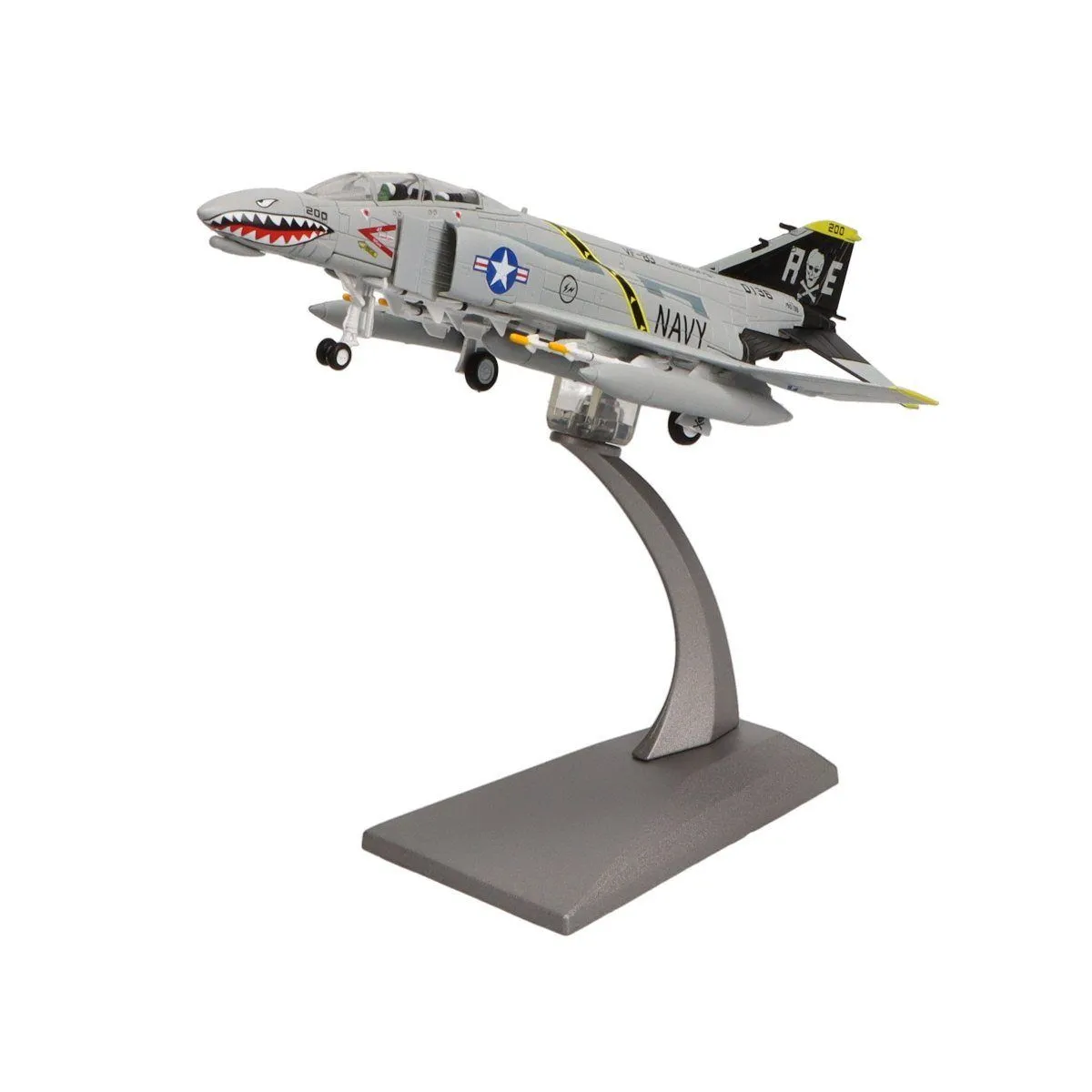
The F-4 Phantom II was powered by two powerful jet engines, enabling it to reach supersonic speeds and deliver impressive performance. The early models used J79 engines, which provided substantial thrust. Later variants saw upgrades to even more powerful engines, further enhancing the aircraft’s capabilities. The Phantom could climb rapidly, accelerate quickly, and maneuver with agility, making it a formidable opponent in air-to-air combat. Diecast models often include detailed representations of the engines, with intricate designs that capture the essence of the original. The inclusion of these elements allows collectors to appreciate the engineering prowess behind the Phantom’s exceptional performance. These details are essential to collectors, who are fascinated with the power and engineering marvel of the F-4.
Diecast Models and Their Accuracy
The accuracy of diecast F-4 Phantom II models varies depending on the manufacturer and the scale. High-quality models are designed to replicate the aircraft’s details meticulously, from the paint scheme to the panel lines and rivets. Collectors look for models that accurately represent specific variants of the F-4, including different versions of the airframe, engines, and markings. Scale is another crucial factor; common scales include 1:72 and 1:48, each offering a different balance of detail and size. Advanced collectors often focus on models that offer features such as poseable control surfaces, detailed cockpits, and accurate weapons load-outs. Researching the model and comparing it to photographs of the actual aircraft is a crucial aspect of this hobby. These highly detailed models are prized by collectors for their accuracy and ability to bring the F-4 Phantom II to life.
Materials and Manufacturing
Diecast F-4 models are typically made using a combination of materials, with die-cast metal being the primary component. The metal provides weight and durability, while plastic is often used for smaller details and components. The manufacturing process involves creating molds, injecting molten metal into them, and then assembling the various parts. Painting and detailing are crucial steps in the production process, with skilled artisans applying intricate markings and weathering effects to enhance realism. High-quality models use advanced paint techniques and precision printing to ensure the accuracy of the finish. Diecast models offer a superior level of durability and realism, making them popular with collectors. These models help enhance the realism of the model and ensure they will last for many years.
Scale and Detailing
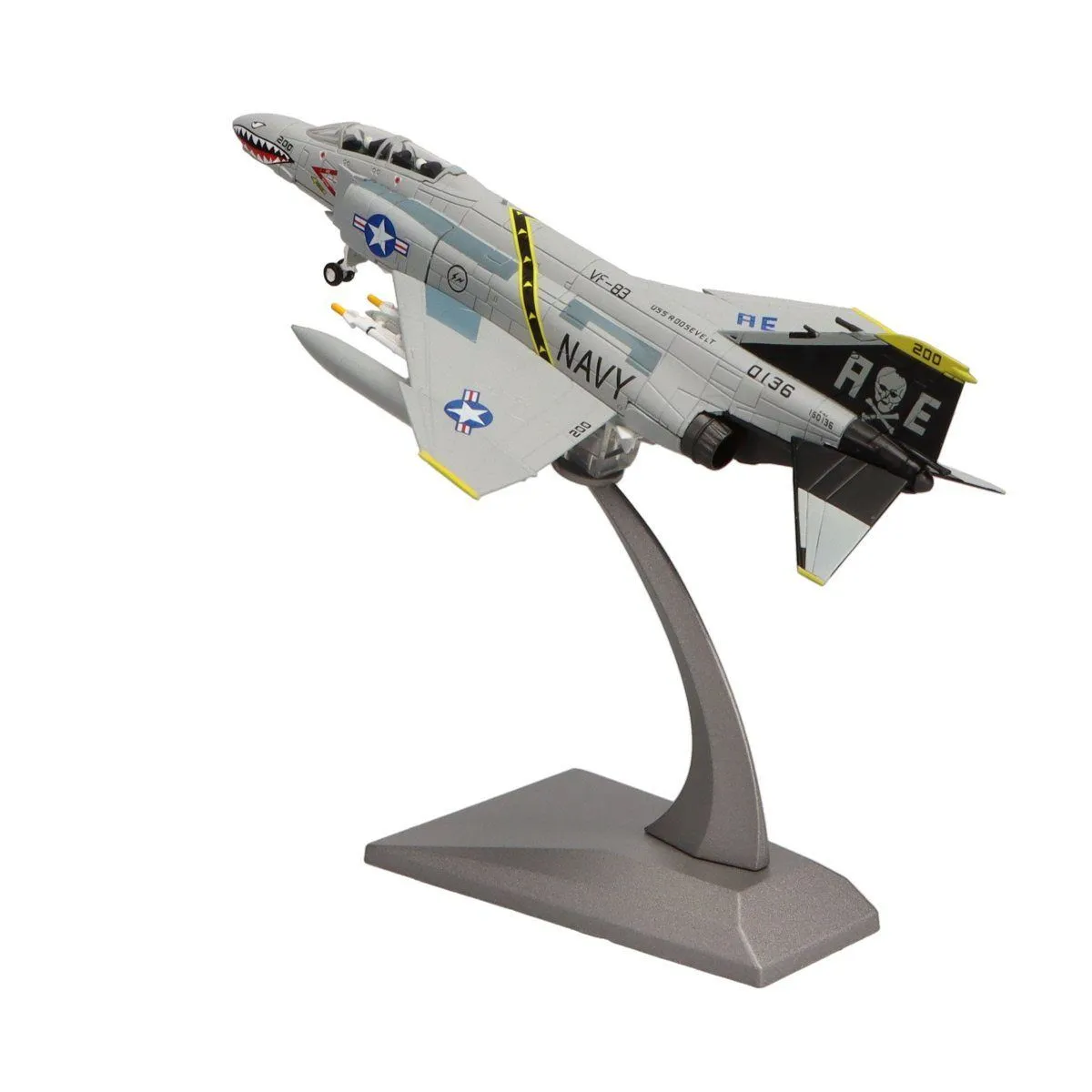
Scale is a crucial factor in diecast model collecting, with the most common scales for F-4 Phantoms being 1:72 and 1:48. These scales allow for a good balance of detail and display space. The level of detailing varies depending on the model and manufacturer, but top-tier models feature meticulously recreated features, including cockpit interiors, landing gear, and weapon systems. Panel lines, rivets, and other surface details are often rendered with incredible precision. The detail in diecast models is what sets them apart from other types of model aircraft. Decals and markings are applied with great care, often replicating the exact markings of specific aircraft. Collectors value models that offer a high level of authenticity. These models provide a great way for collectors to appreciate the engineering and aesthetics of the F-4 Phantom II.
Popular Diecast F-4 Manufacturers
Several manufacturers produce high-quality diecast F-4 Phantom II models, each with its strengths and specialties. Some of the most popular brands include HM (Hobby Master), Gemini Jets, and Calibre Wings. These manufacturers are renowned for their attention to detail, accuracy, and the use of quality materials. Their models often feature a high level of realism, with intricate details, realistic paint schemes, and accurate markings. Collectors often develop preferences for specific brands based on their quality, the variety of models they offer, and their reputation. Researching different manufacturers and comparing their models is essential for collectors. The popularity of different brands fluctuates, but the top manufacturers consistently produce models that are in high demand. Collecting models from different brands is a fun way to appreciate the variety of detail.
Leading Brands and Their Products
The leading diecast model brands offer a diverse range of F-4 Phantom II models, each designed to cater to different collector preferences. HM (Hobby Master) is known for its detailed models, featuring accurate paint schemes, intricate panel lines, and realistic weathering effects. Gemini Jets specializes in high-quality models with sharp details and accurate markings. Calibre Wings focuses on producing models with a high degree of realism, using advanced manufacturing techniques and top-notch materials. Many brands produce limited edition runs. These brands are often considered the best due to the quality of their products. The competition between brands pushes them to continuously improve, ensuring that collectors have access to the highest quality models available.
Specific Models to Look For
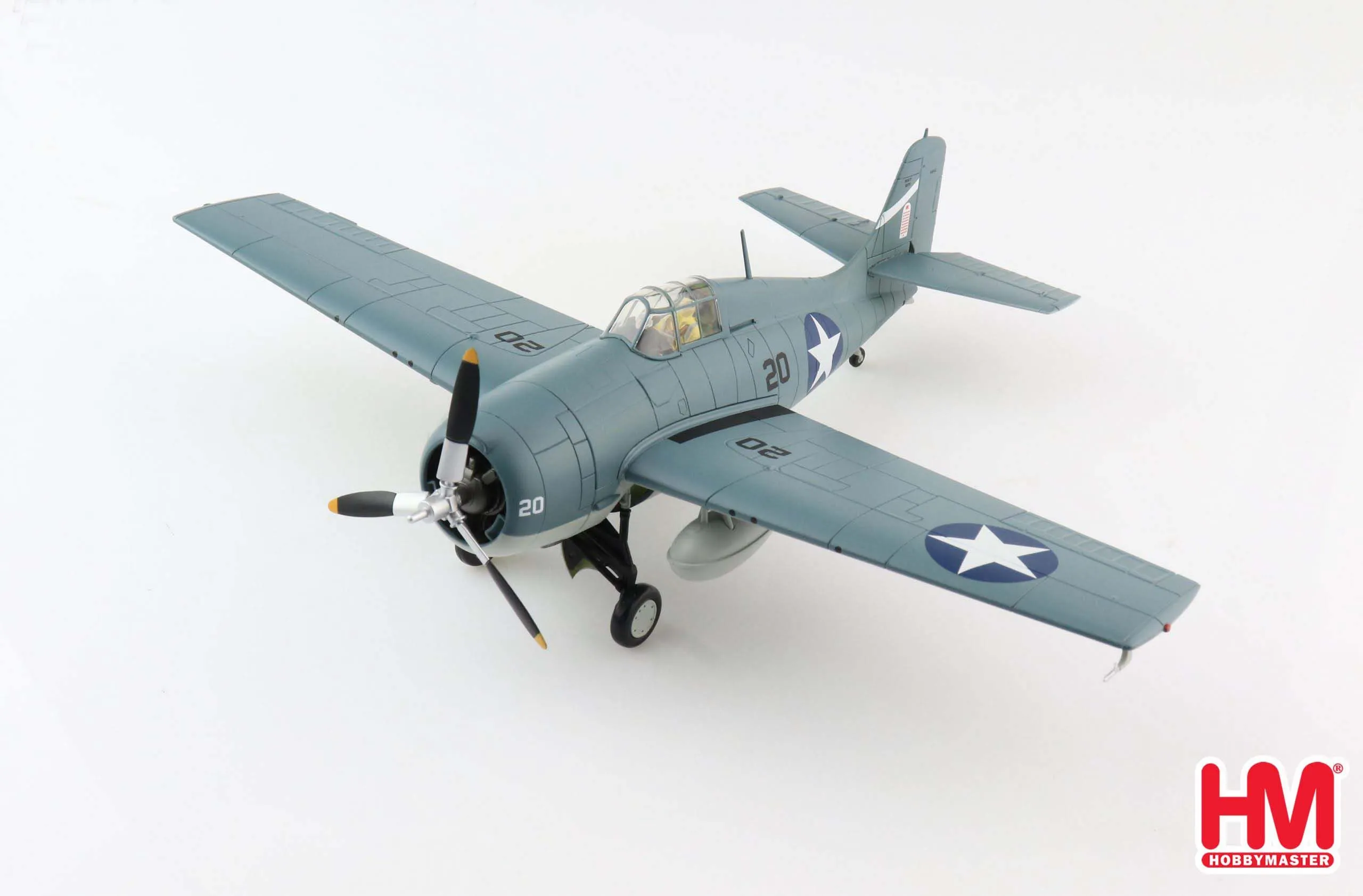
Some diecast F-4 Phantom II models are particularly sought after by collectors. These often include models of specific aircraft, such as those flown by famous squadrons or used in significant historical events. Limited edition releases and models with unique paint schemes also attract considerable interest. The value of a model can be affected by its rarity, condition, and the details it features. Aircraft that flew in the Vietnam War are popular. Collectors often search for models with specific markings, such as those that represent specific pilots or units. Researching the history of the aircraft can help collectors identify models that are highly desirable. Seeking out specific models allows collectors to build unique and valuable collections, each piece telling a story of aviation history.
Collecting and Displaying Diecast F-4s
Collecting diecast F-4 models can be a rewarding hobby. Collectors often focus on specific scales, manufacturers, or time periods. Building a collection requires dedication, research, and a passion for aviation history. Displaying models in a way that showcases their detail and significance is an essential part of the collecting experience. Collectors use display cases, shelves, and dioramas to create visually appealing presentations. Some collectors choose to create themed displays. Effective lighting can enhance the appearance of the models, highlighting their details and paint schemes. Collecting these models also provides a connection to history. Proper care, maintenance, and storage are vital to preserving the value and condition of the models. These models make great conversation pieces.
Display Ideas and Storage
Displaying diecast F-4 Phantom II models effectively involves careful consideration of space, lighting, and presentation. Display cases offer protection from dust and damage while allowing the models to be viewed clearly. Shelves and wall-mounted displays are other options, providing flexibility in arranging the collection. Dioramas can be created to add context and realism, depicting the aircraft in flight or on the ground. Lighting is crucial for highlighting the details of the models. Proper storage is also essential. Models should be stored in a cool, dry environment away from direct sunlight. Using protective packaging and avoiding exposure to extreme temperatures and humidity will help preserve their condition. Planning and careful execution will maximize the enjoyment and value of a diecast F-4 collection.
Care and Maintenance of Your Collection
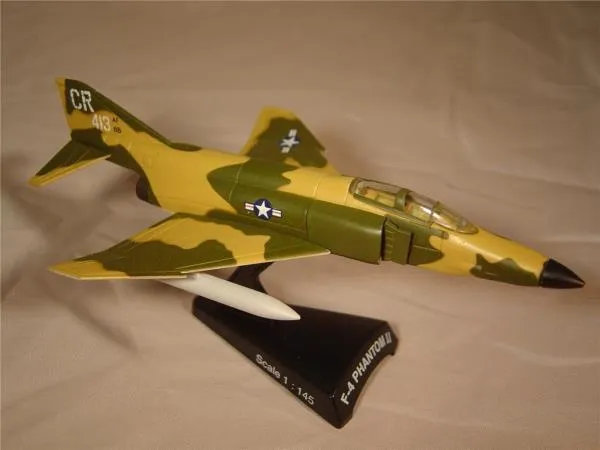
Caring for your diecast F-4 Phantom II models involves regular maintenance to preserve their condition and value. Dusting the models regularly with a soft brush or cloth prevents the buildup of dust and dirt. Avoid using harsh chemicals or abrasive cleaners, as they can damage the paint and markings. Handle the models with care, especially those with delicate parts like antennas and landing gear. Proper storage is also essential. Store models in a cool, dry environment away from direct sunlight and extreme temperatures. Avoid storing them in areas where they may be exposed to moisture or dust. With proper care, your diecast F-4 models can remain in excellent condition for years to come, allowing you to enjoy your collection and appreciate the legacy of the Phantom II.
The Future of Diecast F-4 Collecting
The diecast F-4 Phantom II collecting hobby is expected to continue to thrive as long as people are interested in aviation. Advancements in technology and manufacturing techniques are likely to lead to even more detailed and accurate models in the future. Interest in military aviation and history is expected to remain strong. The rise of online communities and marketplaces has made it easier for collectors to connect and share their passion. As long as there are aviation enthusiasts and collectors, the future of diecast F-4 models remains bright. The enduring legacy of the F-4 Phantom II ensures that these miniature replicas will continue to capture the imaginations of collectors. This hobby will provide enjoyment to future generations.
